Goth Chick News: Celebrating Our 666th Black Gate Article with an Exclusive Announcement
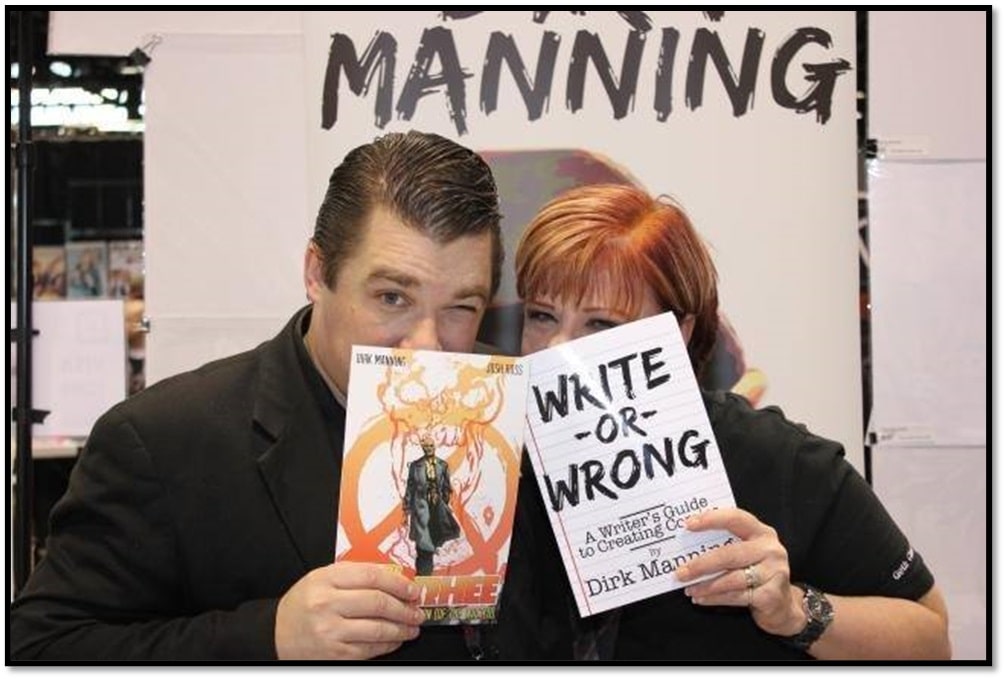
A couple years back, my long-time friend comic writer/creator Dirk Manning called dibs. He let me know that when the time came for me to publish my 666th article for Black Gate that he wanted to be my subject.
I first introduced Manning to all of you in 2011 during his nationwide tour promoting his horror comic series, Nightmare World. As a fan of horror comics since they were contraband for my young self, I loved how Manning’s work reminded me of everything I enjoyed about the genre. His most recent project has been a collaboration with the estate of legendary actor Lon Chaney to bring the lost classic horror film London After Midnight back to life in graphic novel form. Since 2011, Manning has made multiple appearances in GCN marking his many projects and his ever-growing fan base.
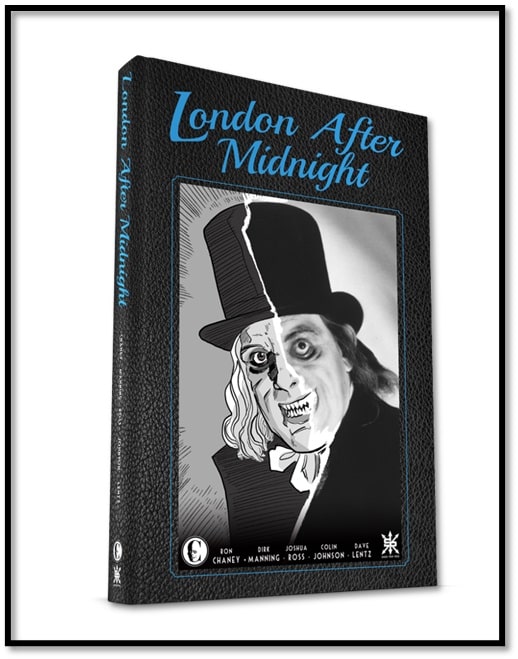
However, laying claim to a Goth Chick New milestone article would require a monumental announcement, and Dirk promised to deliver. Our agreement included holding this news until early January 2025 due to various NDAs, which in turn meant a lot of leeway from BG Big Cheese John O allowing me to skip writing on various weeks throughout 2024, enabling my 666th GCN to align with Dirk’s timing.
So, without further ado, allow me to present Goth Chick News’ 666th article for Black Gate Magazine.
Buckle up readers, here we go…
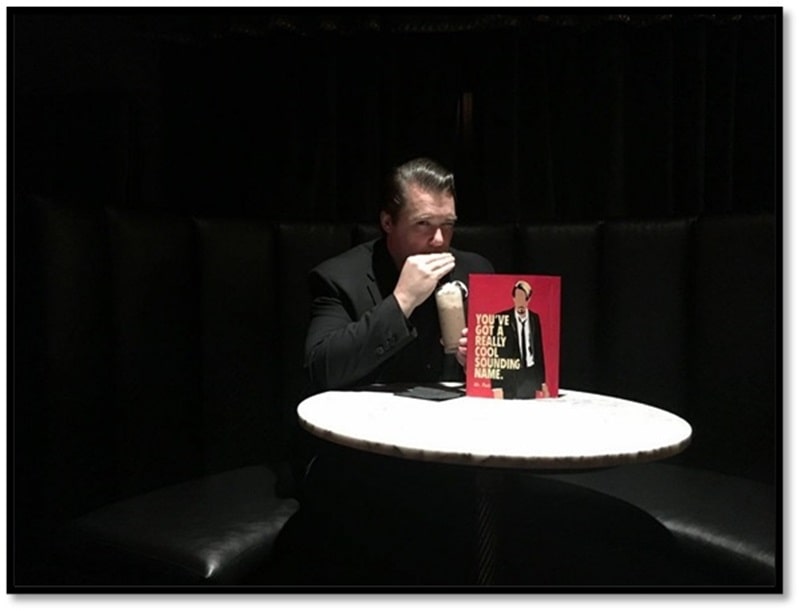
GC: We are sitting with Dirk Manning and Josh Malerman, New York Times best-selling author of Bird Box and Incidents Around the House for an exclusive about their upcoming collaboration. Tell us how you came to partner up for this exciting new graphic novel RSVP E.S.P.?
DIRK MANNING: Thank you so much for allowing us to give you this Black Gate exclusive interview about this project! We’ve both been waiting to be able to talk about this new graphic novel for a while now! As for how it started, I first met Josh Malerman after a mutual friend at the time foisted a copy of Bird Box into my hands, citing that he thought it would be up my alley as a fellow horror writer. This was back in late 2015, well before the movie and the following cultural phenomenon surrounding it had happened, so I went into it fairly blind, intrigued by the Lovecraftian concept of a creature that drove you mad the moment you made eye contact with it. Well, once I started the book, I legitimately had a hard time putting it down, and upon finishing it I was so blown away that I circled back and asked if I could meet Josh, just to tell him face-to-face what a fan I was of the book. I was genuinely already a super-fan, ha-ha! The meeting happened over a hot dog and tacos dinner on February 12th, 2016, and I immediately became a fan of Josh as a person that night, too… and we’ve remained both colleagues and pals ever since.

JOSH MALERMAN: The older we get (and none of us are that old), the more I understand how rare it is to become immediate friends with someone. Not because any of us are so cynical, but because we’re busy, because we have friends, because we have passions and we’re spending so much time with those. But when it does happen, when you cross paths with someone who is either in your field or doing what they do for the same reasons you are… it’s impossible to miss. I think it took all of ten seconds for me to recognize an immediate friend and like-minded soul in Dirk Manning. The way he presented himself, his work, the people in his life… his sense of humor, his tastes, his intelligence… it was all on display in everything he says. I knew right away I wanted to work with him on something. What that was wouldn’t present itself for a minute… and once it did, it was clear as day.
DIRK: Fast forward to September 2022. By this point Josh had released several more books and had achieved well-earned superstardom as one of the best horror novelists of this generation (at least), and I had recently taken a position as Special Projects Manager with Michigan-based comic publisher Source Point Press. This meant, along with publishing my own creator-owned work, I was shepherding projects with various high-profile talents outside the world of comics, such as musicians Twiztid and Blaze Ya Dead Homie and professional wrestling personalities Tony Schiavone and Arn Anderson… so the idea of bringing Josh Malerman into the fold in a similar fashion was of course a no-brainer to me. Well, Josh always does these cool book release party events for his novels, and for Daphne the event was taking place on a high school basketball court since the main character was a high school basketball player. How cool, right? Given the setting – and despite my lack of sport skills – I decided to ‘shoot my shot’ on this, asking him – literally on the court in front of the hoop (where we was nailing several free throws, I might add), ‘Hey, have you ever thought about writing a graphic novel?’ Without missing a beat he immediately fired back ‘Only if you’ll write it with me.’”
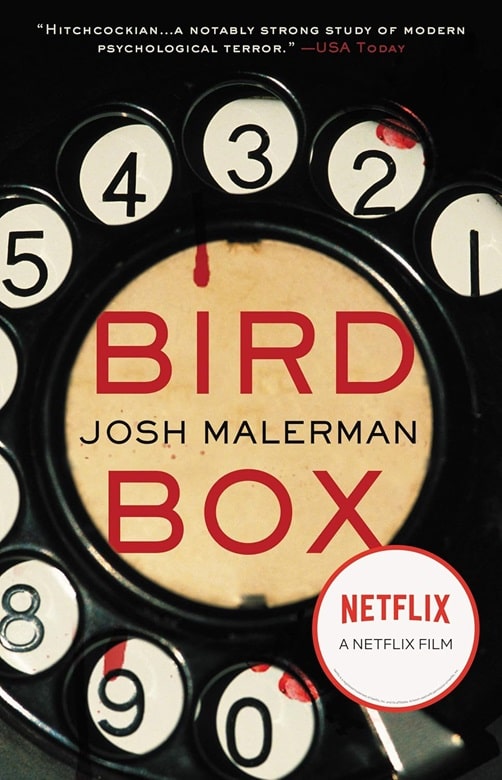
JOSH: I have a long history of collaborating with my fellow bandmates in The High Strung. For years now, Mark and I write the songs, then we hand them over to the band and they make their music. We don’t tell them what to play. That would be counterintuitive to everything fun about the process. When the movie Bird Box was made, I felt I’d written the song (the book) and then Netflix and Sandra Bullock made their music. Fantastic. Perfect. So! When Dirk asked about working on a graphic novel, I immediately thought: “omg yes.” I had a story idea that I hoped would work, we talked about it some, and then Dirk… well, then Dirk made his music.
DIRK: After mulling things over a bit, Josh presented me with a story idea originally titled Two Gods in the House (and since renamed RSVP E.S.P. – which is a story in itself for another time, haha!) about a scientist who invites two potentially psychic children into his house to prove the existence of psychic powers… not realizing how powerful they really are or what he’s in for by doing so. He expressed to me that, while he loved the story (and rightfully so, as it was amazing) that he couldn’t quite make it work as a prose novel. Upon reviewing everything he gave me, I told him what I saw as both an obstacle and an opportunity: “I can see why, dude: This is a story that needs to be told visually.”
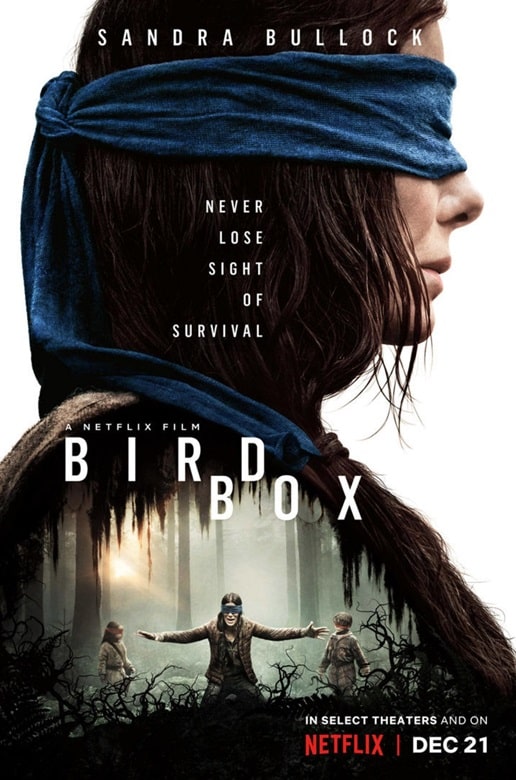
JOSH: I think it took somebody who worked in a more visual field to point out to me that RSVP E.S.P. was born to be a visual story. Everything about it was cinematic, to be seen, to be felt, and I’d been wrestling with it on a description level for that very reason. Think of your favorite scenes in a movie, the ones that move you to tears… often they are a simple change in somebody’s expression, a change in light, a change in color. Dirk saw this straight away in the story. He knew the arc, the peaks, the rhythm… but also… he knew the illustrator. This led to an incredible night at my house, in which Dirk, illustrator Joshua Ross and myself essentially cut the ribbon, slammed the shovel into the ground… we broke ground that night on the graphic novel. It was absolute magic.
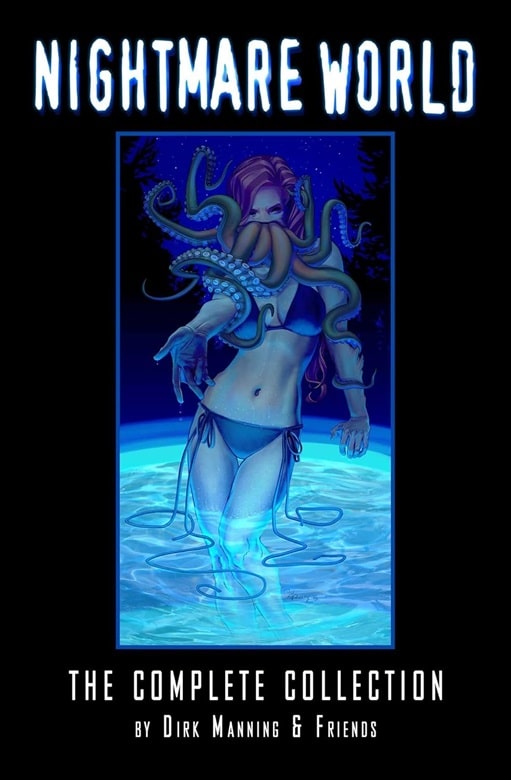
DIRK: From the beginning of the process, I knew only one illustrator could possibly do RSVP E.S.P. justice as a graphic novel, and that illustrator was Joshua Ross. Joshua had been one of my longest artistic collaborators in comics for my 20+ year career, stemming all the way back to the earliest days of Nightmare World and then being the artist I chose to work with to launch Tales of Mr. Rhee. Eventually Joshua stepped back from comics for a bit to work on the launch of his tattoo studio Raygun Samurai, but we still did occasional comic work together. Then in 2020 he wrote and fully illustrated his own first graphic novel Left Turns, which went on to be published by Source Point Press and also earned a Publishers Weekly review. As he finished that book I reached out to him and said “Listen, I can’t tell you any specific details yet, but I’m going to be involved with working on a graphic novel with a #1 New York Times Best-Selling horror author, and you’re the only person I know who would be able to illustrate this story. Would you be willing to jump back into doing a full graphic novel together for this one?’ To his credit, Joshua said “I trust you and I’m in” and that was that. I then brought in colorist Colin Johnson and letterer Dave Lentz, both of whom I’d worked with on Homestead as well as my longtime graphic novel editor Drena Jo, solidifying our team… and then the work on bringing RSVP E.S.P. to life as a 120 page graphic novel began in earnest!
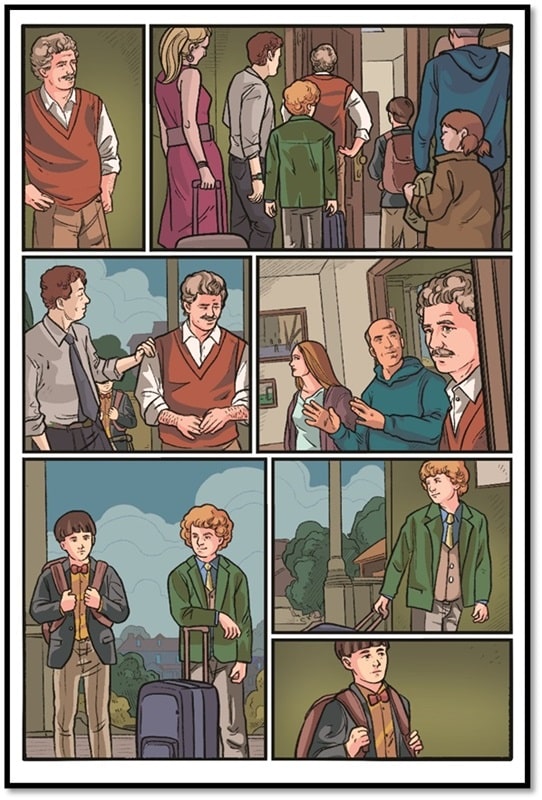
JOSH: I know I’m a writer, and I know I’m supposed to be able to articulate how I feel by nature, but it’s hard for me to express how far RSVP E.S.P. has surpassed my expectations. I was happy to be working with these people at all. But to watch them each take their turn (Dirk with writing, Joshua with illustrating, Colin with coloring) was like watching the best people at their best. It’s the reason I love collaboration in the first place: it’s not the pressure of wanting to live up to those around you… it’s the inspiration you get from them, the wind tunnel you all create together, the crest that only exists because you all said yes.
DIRK: The book is now fully illustrated and colored, lettering is about to begin, and we’ll be doing a presale launch on Kickstarter in February or March for a Limited Edition Kickstarter Exclusive Hardcover of the graphic novel before we then solicit a standard softcover edition through mass market retailers after that. Details on the upcoming release will be shared on my Instagram, Facebook, and BlueSky accounts at @dirkmanning as well as through my monthly newsletter which people can subscribe to at www.DirkManning.com.
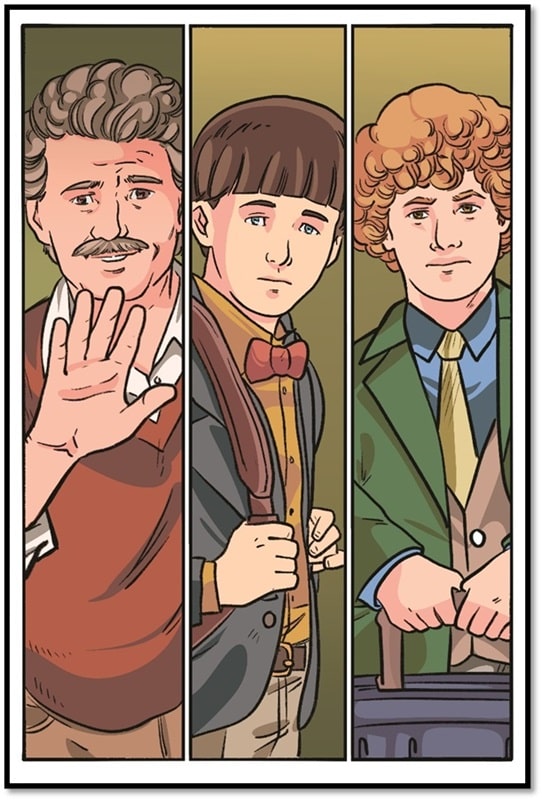
JOSH: RSVP E.S.P. has been one of the greatest artistic experiences of my life. I simply cannot wait for this to come out. For the world to hold it, to slip into the story of a doctor who has no idea the power that exists in his home and lab. I’m sure I’ll be talking about it all very soon on Facebook and Instagram (I’m just @JoshMalerman at all places online), as well as my website joshmalerman.com.
GC: Thank you both for dropping the news of this exciting project at Black Gate. We’ll be looking out for more in the coming months and hope you’ll sit down with us again near your publication date.
More of Dirk’s comic work includes Butts in Seats: The Tony Schiavone Story (a #1 Best-Selling Graphic Novel on Amazon), Buried But Not Dead (Ringo Award finalist for Best Original Graphic Novel in 2021), Twiztid Haunted High-Ons (Ringo Award finalist for Best Humor Comic in 2020 and 2022) among many others. He is also the author of the inspirational/how-to column turned book series Write or Wrong: A Writer’s Guide to Creating Comics and has contributed several short stories to the RPG game series Clockwork: Dominion for Reliquary Game Studios. His screenplay writing credits include the YouTube horror series BlackboxTV episode “The Hunger” directed by Drew Daywalt and featuring Bonnie Aarons (The Nun, I Know Who Killed Me) and Jon Gries (Napolean Dynamite, Men in Black).
When not at his desk writing, touring the comic convention circuit, and/or sampling his way across the best ice cream shops in the world, Dirk can be found online at www.DirkManning.com and on most social media platforms as @dirkmanning.
In addition to being a best-selling author, Josh Malerman is also one of two singer/songwriters for the Michigan rock band The High Strung, whose song “The Luck You Got” can be heard as the theme song for the Showtime show Shameless. He loves endless, enthusiastic conversations, shooting pool, and thinks Freddy Krueger is the most brilliant monster ever created. He lives in Michigan with his fiancée, the artist/musician Allison Laakko and their five hundred pets.
I would like to personally thank all of you for checking in on Goth Chick News each week and leaving your wonderful and beautifully sarcastic comments over these many years. I look forward to reading each one – especially the regulars. I must also give a shout to Black Gate Photog Chris Z who joined me for the first time in 2012 and whose hysterical snark has almost (but not quite) gotten our press credentials revoked on more than one occasion. And finally, my continual gratitude to Black Gate Big Cheese John O who first published me in Black Gate’s second print issue and whose encouragement turned this quirky side-hustle into a 20+ year passion.
Congrats on reaching 666. Looking forward to reading your 999th post, which will suddenly become 666 again after slamming the door closed, no doubt.
That’s priceless, I won’t be able to get that out of my head now. Thank you for being a GCN reader.
Congrats Sue! I don’t know if I am still banned or not, but I’m risking a second ban to say hello and best wishes. Don’t tell John and I might get away with it. All the best to you and Dirk.
Ape, I wondered where you went. Being that I seldom venture “upstairs” I have no idea what is going on in other parts of BG. But assuming you’re off punishment, keep being good. I missed you here. And thanks for the congrats.